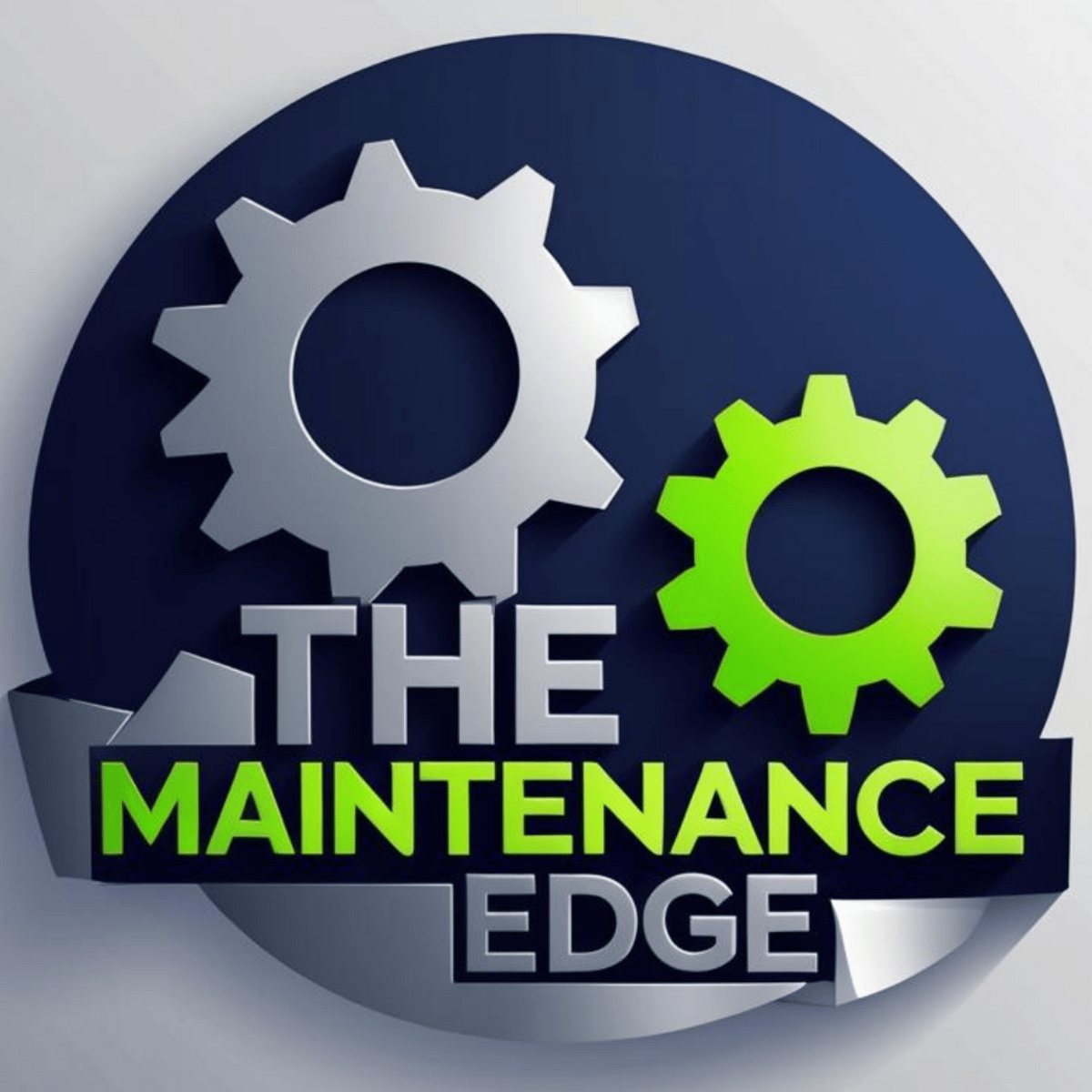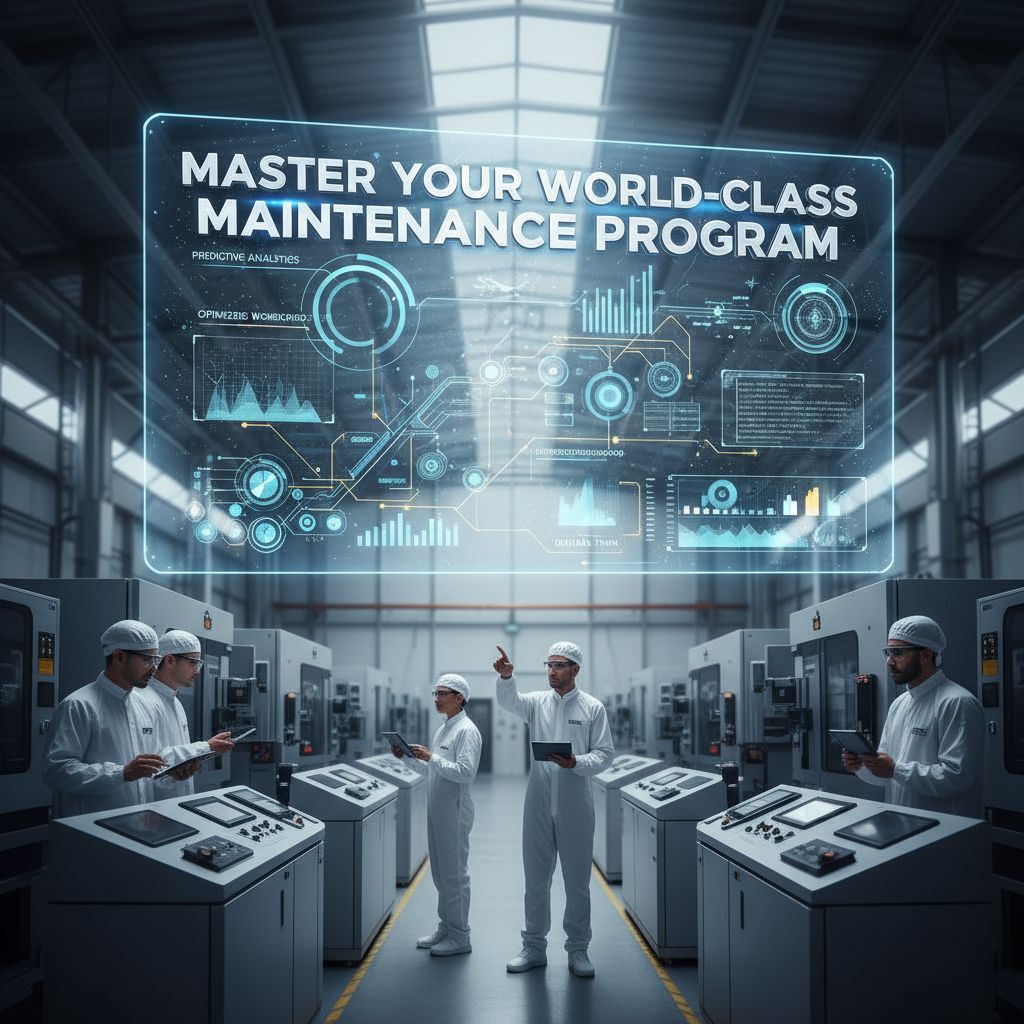Introduction
Reactive maintenance, also known as “firefighting,” is common in high-stakes industries such as petrochemicals and oil and gas. When critical equipment fails, teams must quickly coordinate repairs under pressure. Though sometimes necessary, this approach is exhausting and inefficient. Unplanned downtime halts production, causes financial losses, and creates serious safety and environmental risks.
A world-class preventive maintenance program shifts maintenance from a reactive to a proactive approach. This approach prevents failures instead of responding to them. Leading facilities allocate 80% of their maintenance hours to planned, proactive tasks and 20% to unplanned work. This makes maintenance a strategic asset, enhancing reliability, maximizing production, and promoting safety.
This guide provides a clear framework for understanding, developing, and sustaining a world-class preventive maintenance program. It outlines essential components, practical implementation steps, and strategies for long-term success.


